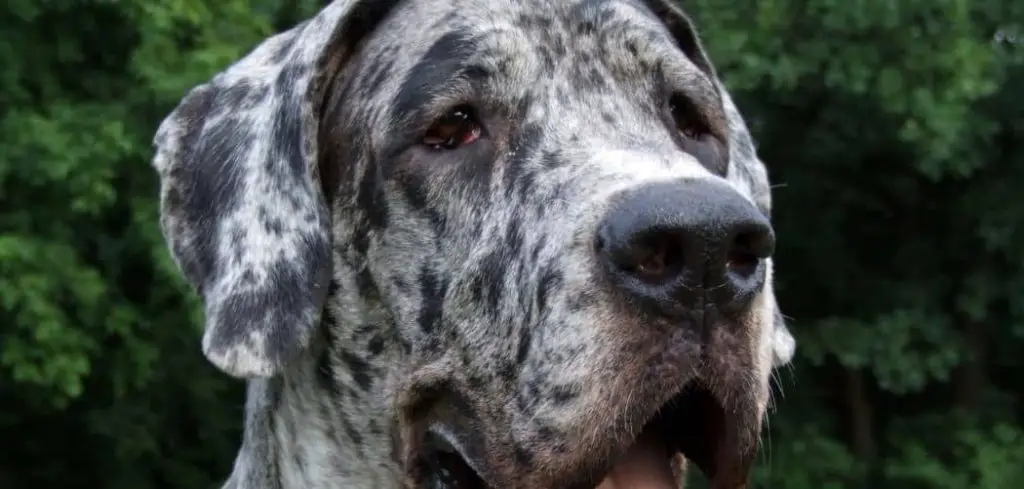A dog that suddenly starts peeing excessively and refuses to eat is a clear signal that something is off. While either symptom alone might not raise alarms, together they can indicate a wide range of potentially serious health concerns.
We outline the common causes of dog peeing a lot and not eating, what you can do at home, and when to seek veterinary help.
Dog Peeing a Lot and Not Eating — Why It Happens
Excessive urination paired with a lack of appetite can be early signs of infection, metabolic disease, organ dysfunction, or hormonal imbalance. Conditions such as urinary tract infections, diabetes, kidney disease, and Cushing’s disease often present with these two symptoms.
Stress or pain from an underlying illness may also suppress appetite, while increased thirst leads to more urination. Medications or toxins can further complicate the picture.

Common Causes of Dog Peeing a Lot and Not Eating
Urinary Tract Infection (UTI)
A common and painful cause of frequent urination, a UTI irritates your dog’s bladder and urinary tract. This leads to small, frequent pees—often with straining or discomfort.
Your dog may also lick their genitals more or have accidents in the house. The pain and inflammation associated with UTIs can cause a drop in appetite.
If left untreated, a UTI can spread to the kidneys and become a serious systemic infection.
Diabetes Mellitus
Dogs with diabetes tend to drink and urinate more as the body attempts to flush out excess sugar.
Weight loss and poor appetite follow as glucose isn’t used properly for energy.
You may notice your dog losing interest in food despite being hungry and acting tired or moody.
Diabetes is serious and, if unmanaged, can lead to complications like ketoacidosis, which causes vomiting, dehydration, and lethargy.
Read more: Dog Pacing and Not Eating (Here’s what it means)
Kidney Disease
The kidneys play a critical role in filtering toxins and maintaining fluid balance. When they start to fail, urine production increases while appetite plummets.
You might notice your dog drinking more water, peeing frequently, becoming nauseous, or vomiting. Bad breath with a chemical smell can also be a clue.
Chronic kidney disease requires early intervention to slow progression and improve quality of life.
Cushing’s Disease (Hyperadrenocorticism)
Cushing’s disease results from excess cortisol production, often due to a benign pituitary tumor. Symptoms include excessive urination, panting, hair loss, and increased appetite.
In some dogs, though, the stress on the body can paradoxically lead to a decreased interest in food.
It’s more common in older dogs and often misdiagnosed as normal aging. Diagnostic testing is necessary to confirm.
Medication Side Effects or Toxins
Certain medications—like steroids, diuretics, or seizure meds—can increase urination and affect appetite.
If your dog is on new medication and these symptoms appear, consult your vet immediately. Toxic ingestion (such as antifreeze or human meds) can also trigger kidney damage, excessive peeing, and appetite loss.
Never delay care if poisoning is suspected.
What to Do If Your Dog Is Peeing a Lot and Not Eating
Start by observing your dog closely. Track how often they urinate, any changes in color or smell, and whether they’re straining or leaking. Monitor appetite, water intake, and energy levels.
Encourage hydration by offering fresh water frequently or adding broth to their bowl. Keep their environment calm and quiet, especially if stress may be a factor.
If they won’t eat, try bland food like boiled chicken and rice in small amounts. Avoid treats or rich foods that may upset their stomach further.
If your dog is on medication, check if side effects could be to blame. Call your vet before making any changes to prescribed treatments.
When to Call or Visit Your Vet
If your dog continues to pee excessively and won’t eat for more than 24 hours, contact your vet.
Other red flags that require immediate attention include:
Vomiting or diarrhea
Lethargy or collapse
Blood in urine
Abdominal pain or bloating
Shaking, whining, or signs of pain
Pale or yellow gums
Strong odor to the breath
Early intervention can make a huge difference in outcomes, especially with diabetes, kidney issues, or toxins.
Read more: Dog Peeing Blood and Not Eating (When it’s time to worry)
Key Takeaway
If your dog is peeing a lot and not eating, it’s a signal worth investigating. Whether the cause is a minor infection or a more serious condition like diabetes or kidney disease, prompt care can prevent worsening symptoms.
Stay calm, monitor closely, and consult your veterinarian for guidance tailored to your dog’s situation. Their behavior is their way of asking for help—and your response can make all the difference.
